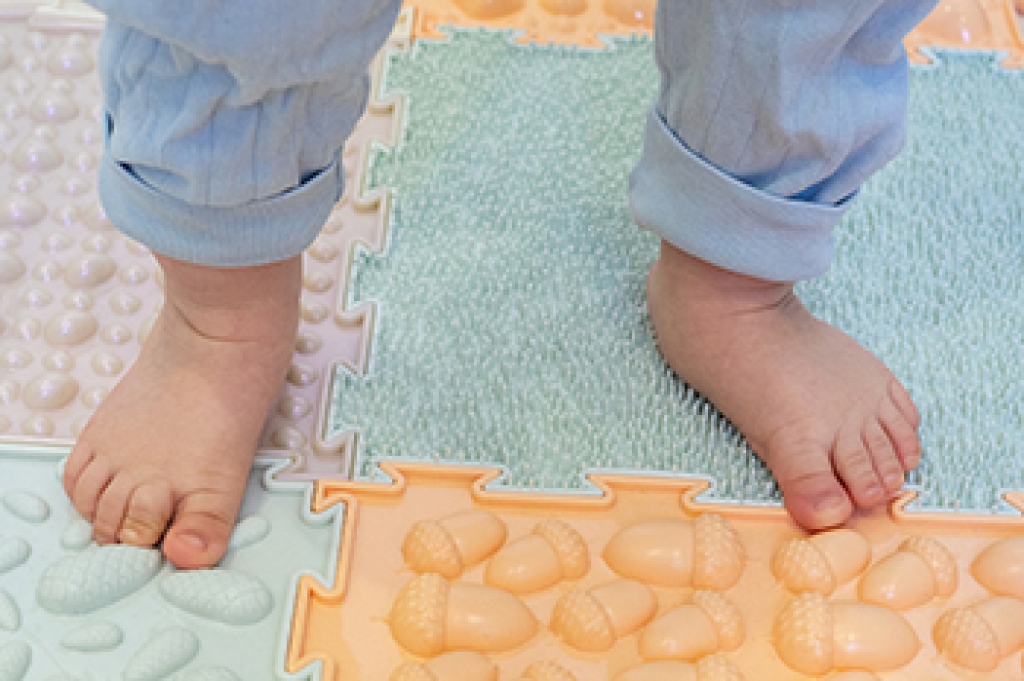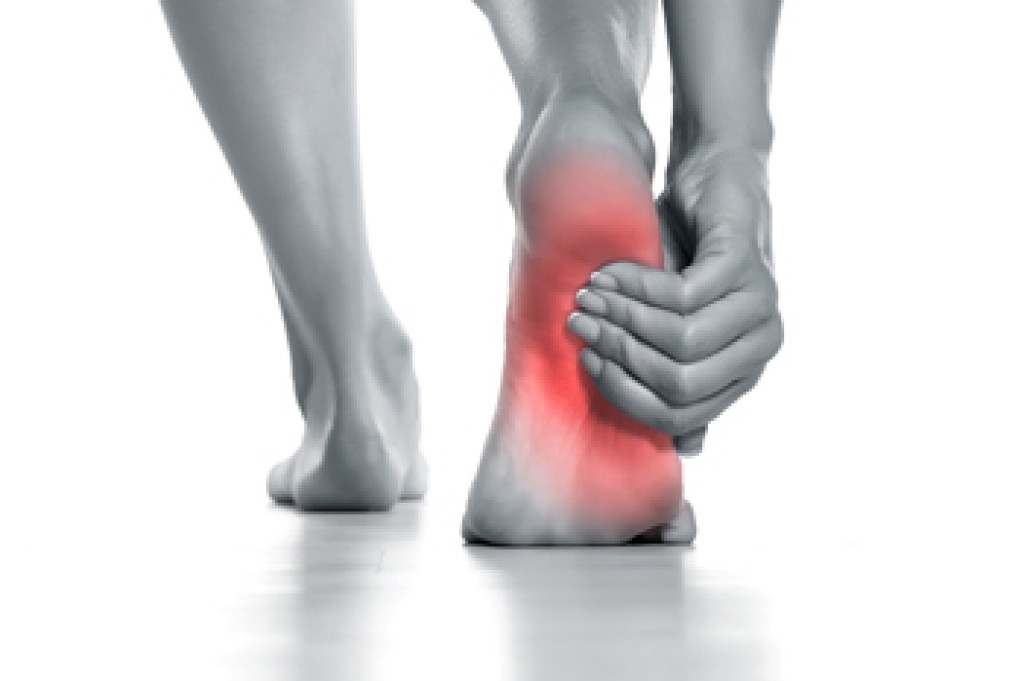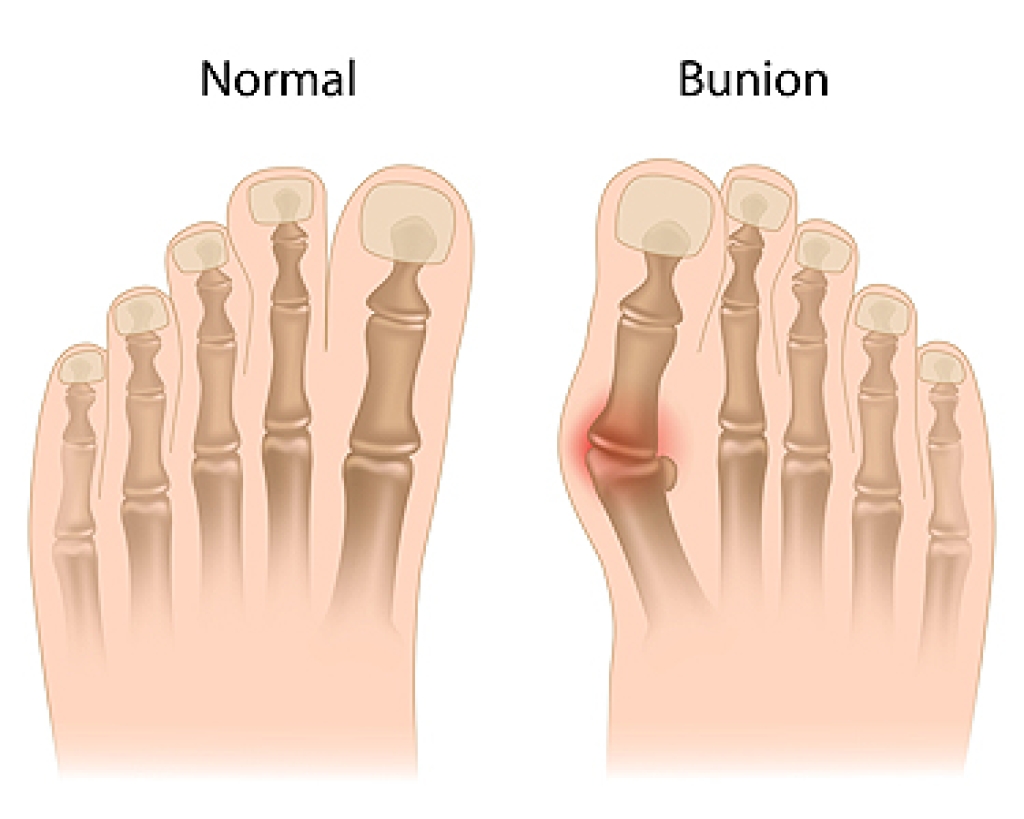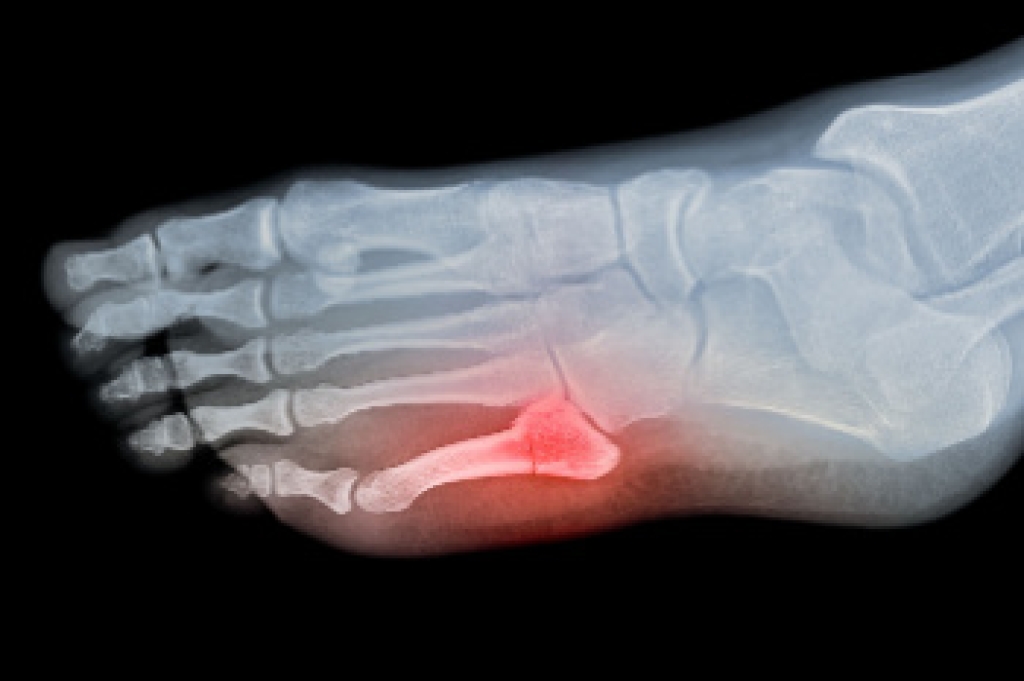
Obesity in children can lead to musculoskeletal concerns, particularly in the feet. Excess weight places additional stress on the foot structure and this could lead to deformities like flat feet or increased pressure on the arches causing discomfort. The added strain can also contribute to conditions like plantar fasciitis or bunions. Over time, this excess weight can affect the alignment of the foot and lead to changes in the gait, causing further issues in the knees, hips, and lower back. Additionally, obesity may impact foot sensation as increased pressure and poor circulation can result in numbness or tingling. Addressing obesity through proper nutrition, exercise, and weight management can help reduce the risk of these foot problems and support overall musculoskeletal health in children. If your child is overweight or experiencing foot pain, it is suggested that you contact a podiatrist who can monitor their foot health and offer guidance on weight management strategies.
Obesity has become very problematic at this point in time and can have extremely negative effects on the feet. If you’re an obese individual and are concerned about your feet, contact Dr. Castillo from Bronx Foot Care. Our doctor can provide the care you need to keep you pain-free and on your feet.
Obesity and Your Feet
Since your feet are what support your entire weight when standing, any additional weight can result in pain and swelling. Being overweight is one of the main contributors to foot complications.
Problems & Complications
Extra Weight – Even putting on just a few extra pounds could create serious complications for your feet. As your weight increases, your balance and body will shift, creating new stresses on your feet. This uneven weight distribution can cause pain, even while doing the simplest tasks, such as walking.
Diabetes – People who are overweight are at serious risk of developing type-2 diabetes, which has a drastic impact on the health of your feet. As you get older, your diabetes might worsen, which could lead to loss of feeling in your feet, sores, and bruises. You could also become more prone to various infections.
Plantar fasciitis – Pressure and stress that is placed on muscles, joints, and tendons can trigger plantar fasciitis, which is an inflammation of tissue that forms along the bottom of the foot.
If you have any questions please feel free to contact our offices located in Bronx, NY Yonkers, NY . We offer the newest diagnostic and treatment technologies for all your foot and ankle needs.




